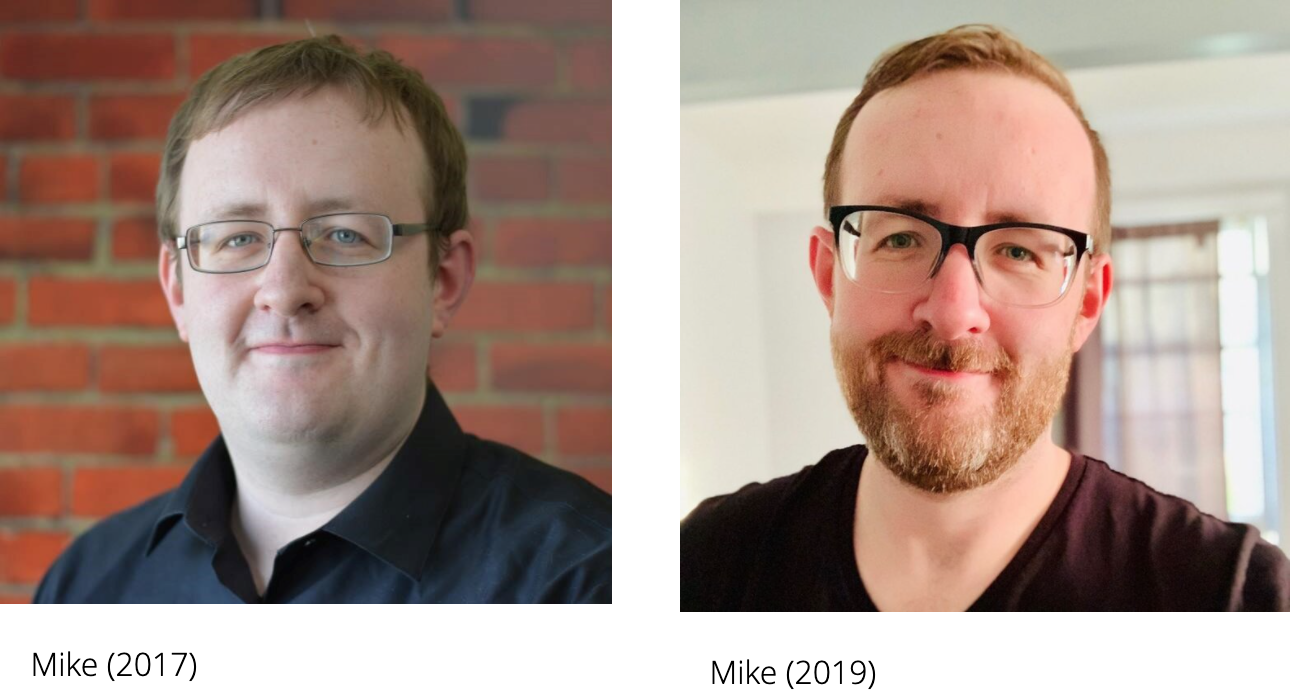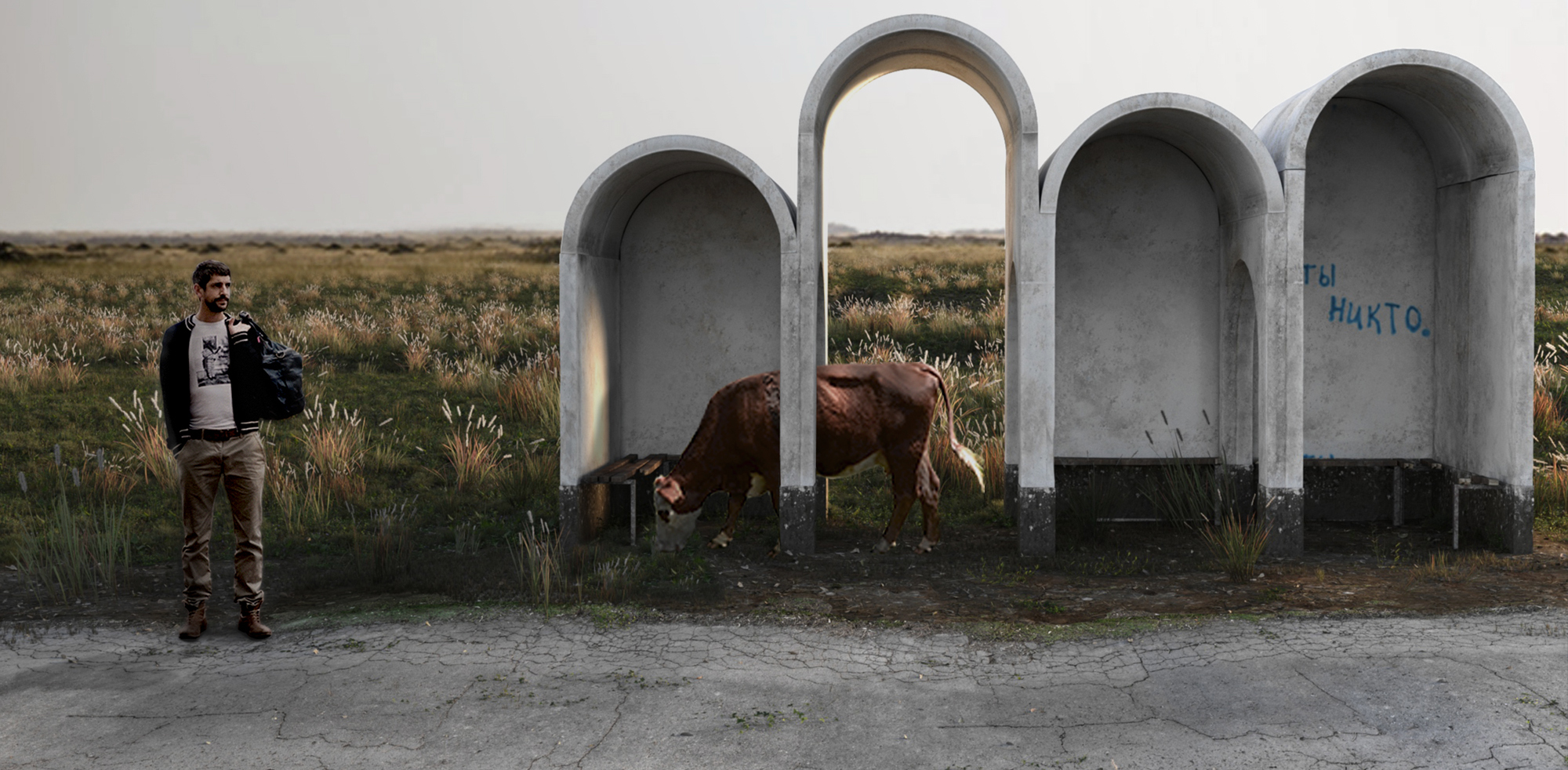Mike LaValley is the architect, speaker, and writer behind Evolving Architect. For more creative and nerdy insights, follow him on Instagram or check out his upcoming book.
It seems like everyone is trying to achieve the mythical state of ‘work/life’ balance. I call bullshit.
I don’t believe that work/life balance actually exists, and that trying to achieve it is impossible.
When I think about balance, I think about the scales of Justice or black/white decision that needs to be made. But you and I know that our lives are anything if not a rainbow of grays. You don’t make decisions in one part of your life without it affecting another.
So rather than a scale, think of your life as a series of buckets. If it helps you even more, imagine those buckets tied together like a mobile—each bucket you fill requires the others to compensate for it in order for the entire mobile to stay upright.
While it may differ greatly from person to person, some of the most common ‘buckets’ we have in our lives include — Family, Work, Faith, Hobbies (Note that ‘work’ is actually a part of your life in this model, and not separate from it).
“Happiness is a byproduct of certain behaviors. Harmony is saying my life has many components. All of those limbs have to have tone. That brings about harmony. That brings about satisfaction. If we only have one limb that is buff and the rest of us atrophied, we have disharmony and we have dissatisfaction.” —Jewel, Singer / Songwriter
So now that ‘harmony’ rather than ‘balance’ is our goal, how do we achieve it?
Step 1. Establish Your Habits
Change begins with addressing the systems that got you there. Removing and adding habits to our lives is how we can begin that change and create long lasting results.
REMOVE BAD HABITS
If you’re dealing with systemic issues, I’ve found it’s sometimes easier to remove the bad habits before I ever start new ones.
My biggest issue with burnout was addressing my health.
At the time of my burnout, I was the heaviest weight I’d ever been – 315lbs. Even at a height of 6’-4”, that kind of weight is no bueno (being tall only distributes weight so much).
So I asked myself, “Mike – what’s the easiest way to start losing weight?” (and yes, I do talk to myself sometimes).
My solution – stop drinking soda.
It wasn’t easy at first, but at the time of this post, I haven’t had soda of any kind for two and a half years.
REINFORCE GOOD HABITS
The funny thing about stopping bad habits, is that they have a compounding effect that inspires you to start and build up good ones.
After I stopped drinking soda, I started eating something green at every meal and motivated myself to exercise (slow and light at first) at least once each day.
Over time, I started building up more and more good habits – stop snacking after 8pm. Intermittent fast until Noon each day.
Since the beginning of the journey through burnout, I’ve lost over 80 lbs and have kept it off. I don’t attribute this to a type of fad or diet. Rather, I’ve fundamentally changed my lifestyle to match the vision I have for myself of who I want to be.
Step 2. Define Your Boundaries
If you want to change your life, you need to define the parameters that will help you get there.
Let’s say, for example, that your issue with burnout is overworking. It would be a good idea for one of your boundaries to be a set of working hours that you don’t waiver from.
If possible, either minimize the hours you’re working or adjust the schedule to sync better with your time outside of work.
Be sure to let those around you know what your boundaries are and to keep them. Over time, boundaries such as your working hours will put everyone around you and yourself on notice for when you’re in ‘work mode.’
Step 3. Set Your Goals
When it comes to developing who you are in a post-burnout world, you need set goals for how to get there.
While goal-setting in and of itself is an extremely nuanced topic, something that helps me is to think of ‘S.M.A.R.T.’ goals.
Developed by Robert S. Rubin, a professor at St. Louis University, ‘S.M.A.R.T.’ is an acronym for: Specific, Measurable, Achievable, Relevant, and Time-Bound.
Each of those factors can help you develop a goal that is not only possible, but more likely to be successful if all five factors are established with the goal itself.
For example, it’s not ‘smart’ to say my goal was to ‘lose weight.’
The S.M.A.R.T. version of that goal could look like: “I will lose 75 lbs in order to regain control of my health in 12 months.”
To be clear – achieving a goal isn’t the end of the line, but not having a goal at all will cause you to sputter about and potentially find your way right back to burnout.
Think of a goal as a tool. You’re still the person deciding on what tool to use for the project overall.
If the goal doesn’t work as planned. That’s ok. Don’t give up. Always keep moving forward. Experiment and figure out a new way to get to the goal.
Step 4. Be Kind to Yourself
It may not seem like a step at first, but one of the most valuable lessons I learned in this process is to simply be kind to myself.
That means that not everything will work out according to plan every time. That means that things will get really, really difficult and you’ll want to give up.
The trick is to give yourself a break every now and again, but to never mentally waiver from the ultimate goal – to rid yourself of burnout and change your life in a permanent and positive way.
If you have an off day, don’t worry. It happens.
Getting beyond burnout is about lifestyle. One day is ok. A lifetime isn’t.
You have the power to change who you are — I know you do because I did.

This post originally appeared on Mike LaValley’s Evolving Architect blog. Architects: Showcase your next project through Architizer and sign up for our inspirational newsletter.
Top image via Limeade









